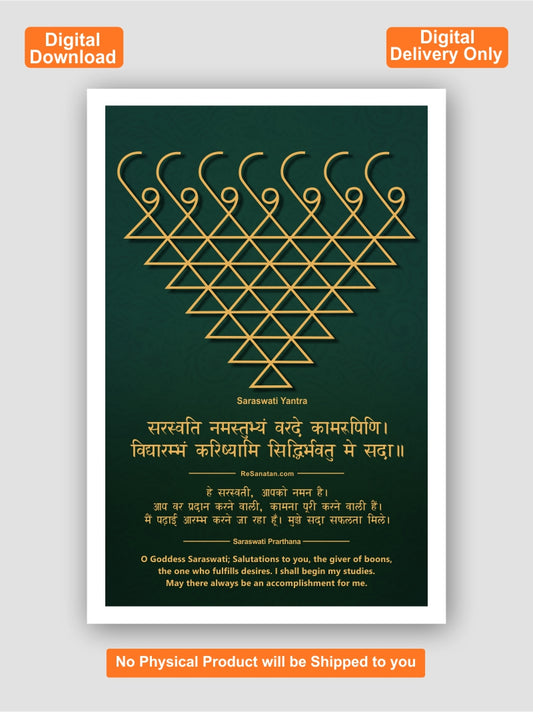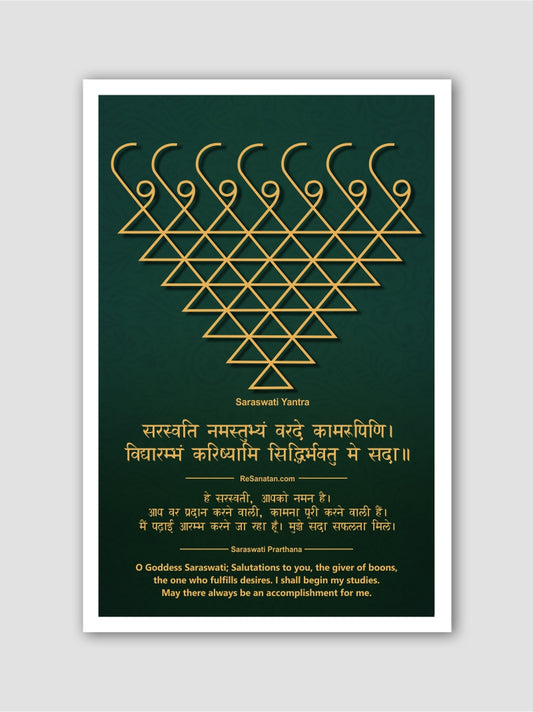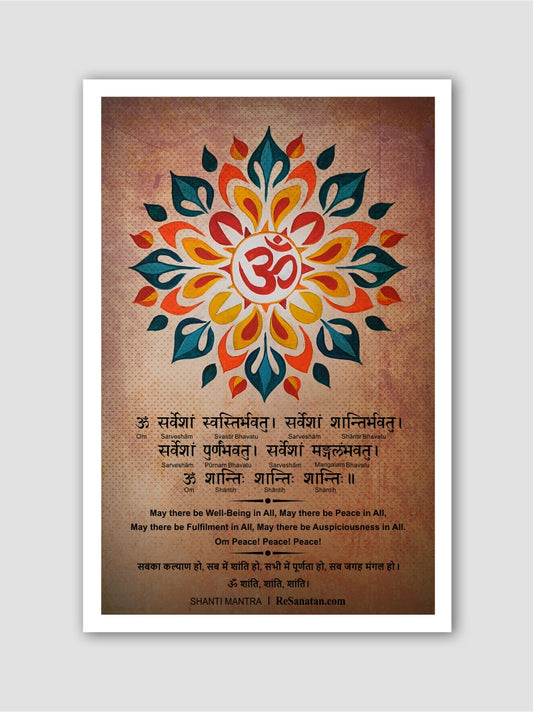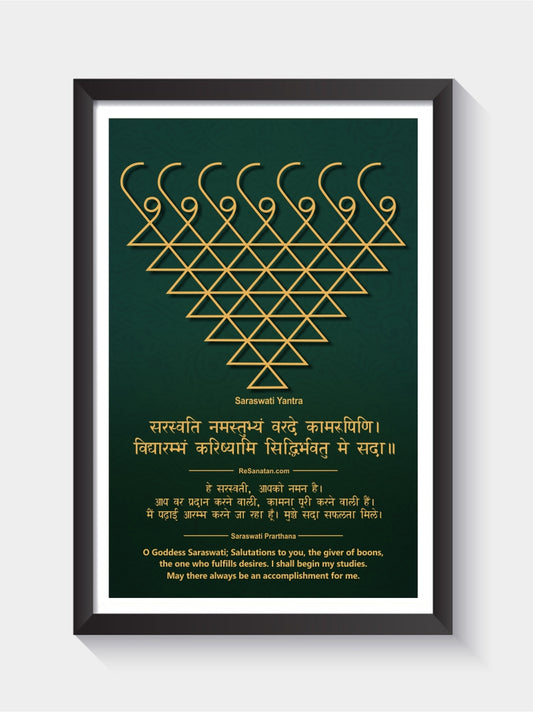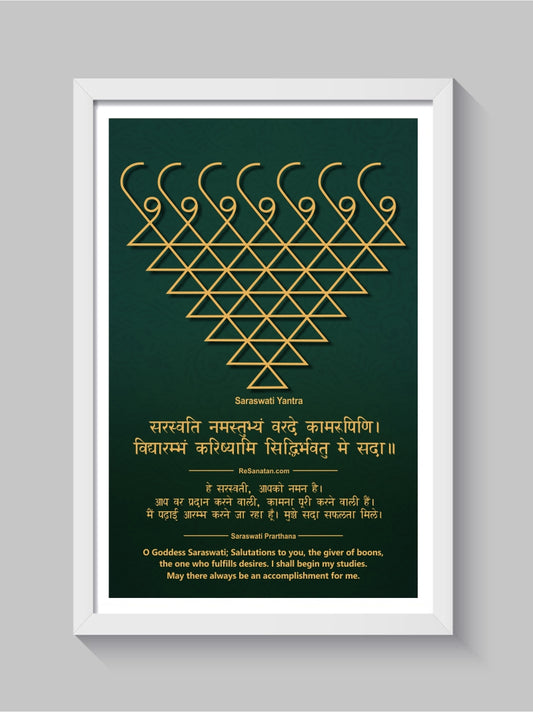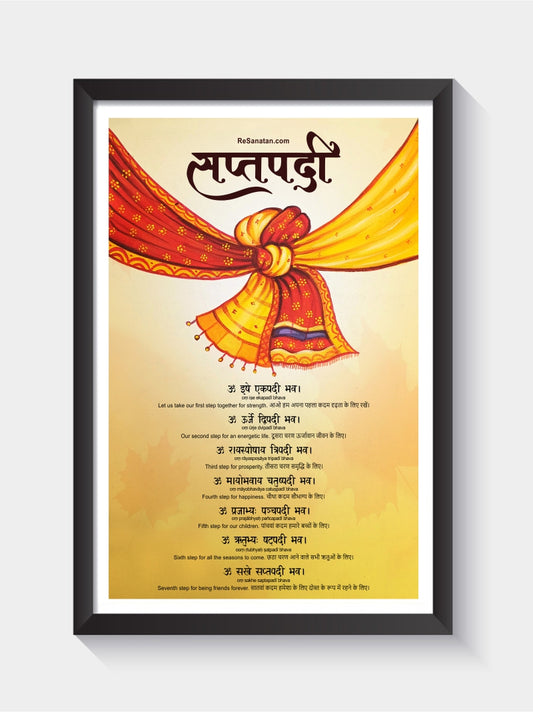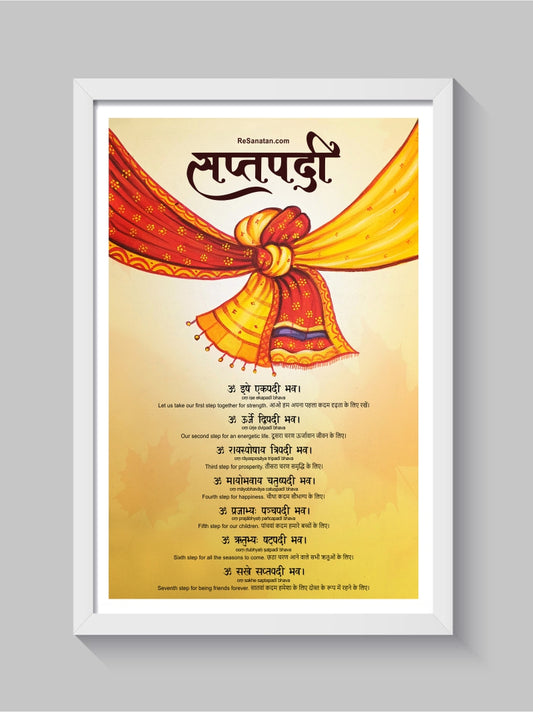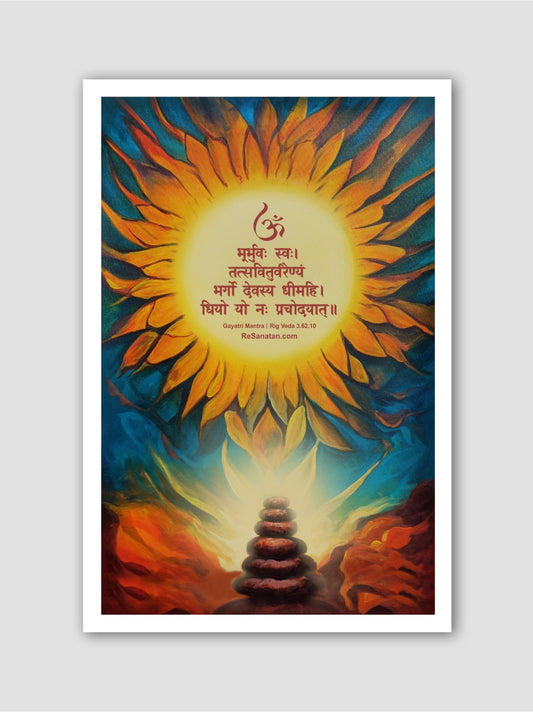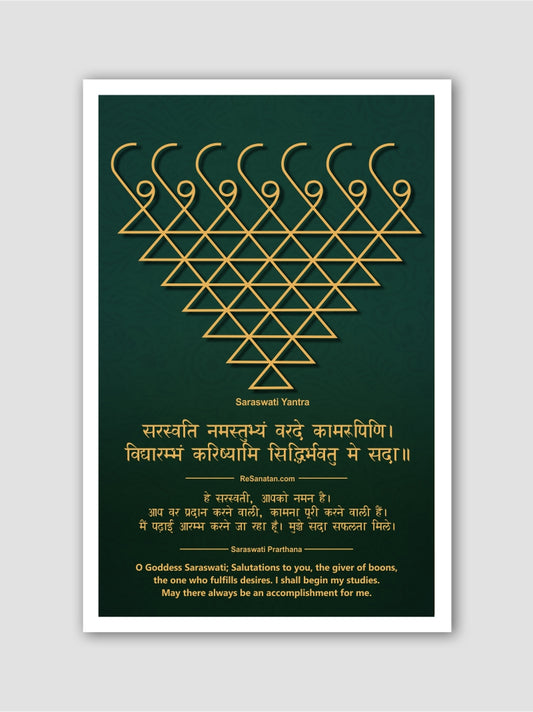The Yoga Sutras of Patanjali is a foundational text in the practice of yoga, composed by the sage Patanjali in ancient India. These sutras, or aphorisms, provide a comprehensive guide to the philosophy and practice of yoga, offering profound insights into the nature of the mind and the path to spiritual enlightenment.

Historical Context and Authorship of Patanjali’s Yoga Sutras
Historical Context
The Yoga Sutras of Patanjali emerged during a period of significant philosophical and spiritual development in ancient India. The exact date of its composition is debated among scholars, but it is generally placed between 200 BCE and 400 CE. This era, known as the Classical Period of Indian philosophy, was marked by the synthesis and systematization of various philosophical and spiritual traditions.
1. Cultural and Philosophical Background:
Vedic Tradition: The roots of yoga can be traced back to the Vedic period (1500 BCE to 500 BCE), where early forms of yogic practices and ideas were integrated into rituals and hymns of the Vedas, the oldest scriptures of Hinduism.
Upanishadic Thought: The philosophical teachings of the Upanishads (circa 800 BCE to 200 BCE) profoundly influenced the development of yoga. These texts introduced concepts such as Atman (soul) and Brahman (universal consciousness), emphasizing the unity of the individual soul with the universal.
Sramana Movements: Around the same time, various non-Vedic traditions like Buddhism and Jainism emerged, advocating ascetic practices and meditation as means to spiritual liberation. These movements contributed to the evolving discourse on meditation and ethical living, which are central to the Yoga Sutras.
2. Philosophical Schools:
Sankhya Philosophy: Patanjali's Yoga Sutras are closely aligned with Sankhya, one of the six classical schools of Indian philosophy. Sankhya provides a dualistic framework of reality, distinguishing between Purusha (consciousness) and Prakriti (matter). The Yoga Sutras adopt this framework, emphasizing the separation of the soul from material existence.
Integration and Systematization: During this period, there was a concerted effort to compile, codify, and systematize various philosophical ideas and practices. Patanjali’s work is a prime example of this trend, organizing pre-existing knowledge of yoga into a structured and coherent text.
Authorship
The identity of Patanjali, the author of the Yoga Sutras, remains shrouded in mystery. Little is known about his life, and there are no historical records detailing his biography. The name "Patanjali" is also associated with several other classical works, leading to some confusion about whether these texts were authored by the same individual or different people sharing the same name.
1. The Legend of Patanjali:
According to tradition, Patanjali is considered a divine incarnation. Some legends suggest that he was an incarnation of the serpent Ananta (also known as Shesha), the cosmic serpent upon which the god Vishnu rests. These stories, while not historically verifiable, highlight the reverence with which Patanjali is regarded in the yogic tradition.
The mythological narrative presents Patanjali as descending from the heavens to impart the wisdom of yoga, symbolizing the divine nature of his teachings.
2. Multiple Patanjalis:
There is a historical debate about whether the Patanjali who composed the Yoga Sutras is the same as the one who wrote significant works on Sanskrit grammar (the Mahabhashya) and Ayurveda (a treatise on medicine). The dates and subject matter of these works differ significantly, leading many scholars to conclude that they were authored by different individuals who happened to share the same name.
The association of Patanjali with multiple fields of knowledge reflects the interdisciplinary nature of classical Indian scholarship, where a single scholar often contributed to various domains of learning.
3. Influence and Legacy:
Despite the uncertainties surrounding his identity, Patanjali’s contribution to yoga is undisputed. The Yoga Sutras became the foundational text for Raja Yoga, also known as Ashtanga Yoga, influencing countless practitioners and teachers throughout history.
Patanjali’s systematic approach to yoga provided a clear and practical path for spiritual development, integrating ethical guidelines, physical postures, breath control, and meditative practices into a cohesive framework.
The Yoga Sutras have been commented upon and elaborated by numerous scholars over the centuries, each interpreting and expanding upon Patanjali's original aphorisms. Notable commentaries include those by Vyasa, Vachaspati Mishra, and Swami Vivekananda, among others.
Patanjali’s Yoga Sutras stand as a monumental work in the history of yoga and Indian philosophy. Composed during a period of rich philosophical discourse, the Sutras distill a wide array of yogic teachings into a concise and profound guide to spiritual practice. While the historical details of Patanjali’s life remain elusive, his influence on the development of yoga is immeasurable. His synthesis of earlier traditions and his systematic presentation of yogic practices have ensured that the Yoga Sutras remain a timeless and essential text for anyone seeking to understand and practice yoga.
Structure of the Yoga Sutras
Patanjali's Yoga Sutras are a comprehensive and systematic presentation of the philosophy and practice of yoga. The text is organized into four chapters, or "padas," each dealing with different aspects of yoga practice and theory. This structure allows for a progressive understanding and application of yoga principles, from foundational concepts to advanced practices and ultimate liberation.
1. Samadhi Pada (Portion on Contemplation)
The first chapter, Samadhi Pada, consists of 51 sutras and is focused on the theory and nature of yoga, emphasizing the ultimate goal of attaining Samadhi, a state of deep meditative absorption.
1. Definition of Yoga: The chapter opens with the famous definition, "Yogas chitta vritti nirodha," meaning "Yoga is the cessation of the fluctuations of the mind." This sets the stage for understanding yoga as a practice of mental control and stillness.
2. Nature of the Mind: Patanjali describes the various fluctuations (vrittis) of the mind, including right knowledge, misconception, verbal delusion, sleep, and memory. Understanding these fluctuations is essential for their control.
3. Practice and Detachment: Patanjali introduces two fundamental principles for achieving yoga: practice (abhyasa) and detachment (vairagya). Persistent practice and non-attachment are seen as key to calming the mind.
4. Types of Samadhi: The chapter details different stages of Samadhi, including Samprajnata (distinguished by the presence of thought and contemplation) and Asamprajnata (beyond thought and without content). These stages represent progressively deeper levels of meditative absorption.
2. Sadhana Pada (Portion on Practice)
The second chapter, Sadhana Pada, contains 55 sutras and focuses on the practical aspects of yoga, providing a detailed guide to the methods and disciplines necessary for spiritual progress.
1. Kriya Yoga: Patanjali introduces Kriya Yoga, a path of practice that includes tapas (austerity), svadhyaya (self-study), and Ishvara pranidhana (devotion to the Lord). These practices help purify the mind and prepare it for higher stages of yoga.
2. The Kleshas: The five kleshas, or mental afflictions, are identified: Avidya (ignorance), Asmita (egoism), Raga (attachment), Dvesha (aversion), and Abhinivesha (fear of death). Overcoming these afflictions is crucial for spiritual advancement.
3. Ashtanga Yoga (The Eight Limbs of Yoga): Patanjali outlines the Eight Limbs of Yoga, which provide a comprehensive path for ethical living, physical health, mental discipline, and spiritual development:
Yama: Ethical restraints, including non-violence, truthfulness, non-stealing, continence, and non-greed.
Niyama: Personal observances, including purity, contentment, austerity, self-study, and surrender to a higher power.
Asana: Physical postures designed to prepare the body for meditation.
Pranayama: Breath control techniques to regulate the flow of vital energy (prana).
Pratyahara: Withdrawal of the senses from external objects, turning inward.
Dharana: Concentration on a single point or object.
Dhyana: Sustained meditation leading to deeper awareness.
Samadhi: The ultimate state of meditative absorption and union with the divine.
3. Vibhuti Pada (Portion on Accomplishments)
The third chapter, Vibhuti Pada, consists of 56 sutras and discusses the supernatural powers (siddhis) that can be attained through advanced yogic practices and the pitfalls of becoming attached to these powers.
1. Dharana, Dhyana, and Samadhi: Patanjali emphasizes the progression from concentration (Dharana) to meditation (Dhyana) and finally to Samadhi. When these three are practiced together, they are referred to as Samyama, which can lead to profound insights and abilities.
2. Siddhis (Supernatural Powers): The sutras describe various siddhis, or extraordinary powers, that can be attained through the practice of Samyama on specific objects or concepts. These include abilities like telepathy, invisibility, and levitation. However, Patanjali warns that these powers can become obstacles to spiritual progress if one becomes attached to them.
3. Higher Knowledge: The chapter also explores the attainment of higher knowledge and the ultimate purpose of yoga, which is not the acquisition of powers but the realization of one's true nature and liberation from the cycle of birth and death.
4. Kaivalya Pada (Portion on Absoluteness)
The final chapter, Kaivalya Pada, comprises 34 sutras and addresses the nature of liberation (Kaivalya) and the ultimate goal of yoga.
1. Liberation: Patanjali describes Kaivalya as the state of absolute freedom and independence, where the practitioner is free from the influences of the material world and the fluctuations of the mind. This state is characterized by pure consciousness and oneness with the universal.
2. Mechanics of Liberation: The chapter delves into the mechanics of how liberation is achieved, including the dissolution of the ego and the overcoming of ignorance. It emphasizes that liberation is the result of sustained practice and detachment.
3. Transcendence of the Gunas: Patanjali explains that liberation involves transcending the three gunas (qualities of nature): sattva (purity), rajas (activity), and tamas (inertia). In the state of Kaivalya, the soul is no longer influenced by these qualities and exists in its pure, unaltered state.
4. Role of Karma: The influence of karma (actions and their consequences) on the soul is also addressed. In the state of Kaivalya, the cycle of karma is broken, and the practitioner is no longer bound by past actions.
The structure of Patanjali’s Yoga Sutras is meticulously designed to guide practitioners from the initial stages of ethical living and physical practice to the ultimate goal of spiritual liberation. Each chapter builds on the previous one, offering a holistic approach to understanding and practicing yoga. By integrating philosophical insights with practical instructions, the Yoga Sutras provide a timeless roadmap for those seeking to attain inner peace and self-realization.
Key Concepts in the Yoga Sutras
Patanjali’s Yoga Sutras are rich with profound concepts that form the foundation of yogic philosophy and practice. These key concepts provide a comprehensive understanding of the nature of the mind, the obstacles to spiritual growth, and the path to achieving inner peace and enlightenment.
1. Yogas Chitta Vritti Nirodha
The cornerstone of Patanjali’s teachings is encapsulated in the aphorism "Yogas chitta vritti nirodha," which means "Yoga is the cessation of the fluctuations of the mind." This sutra emphasizes that the primary goal of yoga is to still the mind’s constant activity and achieve a state of inner tranquility. By controlling and eventually stopping these mental fluctuations, one can attain a state of deep peace and heightened awareness.
2. The Five Vrittis (Mental Fluctuations)
Patanjali identifies five types of mental fluctuations (vrittis) that need to be controlled:
1. Pramana (Right Knowledge): This includes perception, inference, and testimony. It represents valid knowledge derived from direct experience, logical deduction, and reliable sources.
2. Viparyaya (Misconception): False knowledge or misunderstanding that is not based on reality.
3. Vikalpa (Imagination): Verbal or conceptual knowledge devoid of any basis in reality, often leading to confusion.
4. Nidra (Sleep): The fluctuation that occurs in the state of deep sleep, characterized by the absence of mental content.
5. Smriti (Memory): The recollection of past experiences that can influence current thoughts and actions.
Understanding and mastering these fluctuations is essential for achieving mental clarity and focus.
3. Abhyasa (Practice) and Vairagya (Detachment)
Patanjali highlights two essential elements for achieving mental control and spiritual growth:
1. Abhyasa (Practice): This refers to consistent and dedicated practice over a prolonged period. It involves the regular performance of yoga techniques, meditation, and ethical conduct. Abhyasa is characterized by persistence and effort in maintaining a steady practice.
2. Vairagya (Detachment): This is the practice of non-attachment to sensory experiences and material possessions. Vairagya helps practitioners remain unaffected by the transient pleasures and pains of life, fostering a sense of inner stability and peace.
Together, abhyasa and vairagya form the foundation for successful yoga practice, helping practitioners to steadily progress towards mental control and spiritual enlightenment.
4. The Kleshas (Afflictions)
Patanjali identifies five kleshas, or afflictions, that are the root causes of suffering and obstacles to spiritual growth:
1. Avidya (Ignorance): The fundamental misperception of reality, which is the root cause of all other kleshas. Avidya involves seeing the impermanent as permanent, the impure as pure, and the non-self as self.
2. Asmita (Egoism): The identification of the self with the ego or the sense of "I." This leads to a false sense of individuality and separation from the universal consciousness.
3. Raga (Attachment): The desire for pleasurable experiences, which creates a cycle of craving and clinging.
4. Dvesha (Aversion): The avoidance of unpleasant experiences, leading to fear and aversion.
5. Abhinivesha (Fear of Death): The deep-seated fear of death and clinging to life, which stems from a basic instinct for survival.
Overcoming these kleshas is crucial for achieving a state of inner peace and progressing on the path of yoga.
5. Ashtanga Yoga (The Eight Limbs of Yoga)
One of Patanjali’s most significant contributions is the concept of Ashtanga Yoga, or the Eight Limbs of Yoga, which provide a systematic path for spiritual development:
1. Yama (Ethical Disciplines): These are moral restraints or social ethics, including:
Ahimsa (Non-violence): Avoiding harm to others in thought, word, and deed.
Satya (Truthfulness): Being truthful and honest.
Asteya (Non-stealing): Not taking what is not freely given.
Brahmacharya (Continence): Moderation and self-control, often interpreted as celibacy or responsible sexual behavior.
Aparigraha (Non-greed): Non-possessiveness and simplicity.
2. Niyama (Personal Observances): These are personal disciplines or observances, including:
Shaucha (Purity): Cleanliness of body and mind.
Santosha (Contentment): Cultivating inner contentment and satisfaction.
Tapas (Austerity): Self-discipline and willpower.
Svadhyaya (Self-study): Study of sacred texts and self-reflection.
Ishvara Pranidhana (Surrender to God): Devotion and surrender to a higher power.
3. Asana (Postures): The physical practice of yoga postures designed to prepare the body for meditation by promoting physical health and flexibility.
4. Pranayama (Breath Control): Techniques for controlling the breath and regulating the flow of prana (vital energy) in the body.
5. Pratyahara (Withdrawal of Senses): The practice of withdrawing the senses from external objects and turning inward to focus on the self.
6. Dharana (Concentration): Focused concentration on a single point or object, developing the ability to hold the mind steady.
7. Dhyana (Meditation): Sustained, unbroken flow of concentration leading to a meditative state.
8. Samadhi (Absorption): The ultimate state of meditative absorption and union with the divine, where the practitioner experiences oneness with the universal consciousness.
6. Samadhi
Samadhi, the final limb of Ashtanga Yoga, represents the ultimate goal of yoga practice. Patanjali describes different stages of Samadhi:
1. Savitarka Samadhi: Meditative absorption with reasoning, where the mind is focused on an object with full awareness and understanding.
2. Savichara Samadhi: Meditative absorption with reflection, where the mind delves deeper into the subtler aspects of the object.
3. Sananda Samadhi: Meditative absorption with bliss, where the practitioner experiences deep joy and contentment.
4. Asmita Samadhi: Meditative absorption with the sense of pure being, where the individual self is transcended, and the practitioner experiences unity with the universal consciousness.
The culmination of Samadhi is Kaivalya, or liberation, where the practitioner is free from the cycle of birth and death and exists in a state of pure, unconditioned consciousness.
7. Karma and Rebirth
Patanjali also addresses the concept of karma (actions and their consequences) and rebirth. He explains that actions performed with attachment lead to the accumulation of karma, which binds the soul to the cycle of birth and death. Through the practice of yoga and the attainment of Samadhi, one can transcend karma and achieve liberation from this cycle.
Patanjali’s Yoga Sutras present a comprehensive framework for understanding and practicing yoga. By addressing the nature of the mind, the obstacles to spiritual growth, and the path to liberation, the Sutras provide timeless wisdom for those seeking inner peace and self-realization. These key concepts form the foundation of yogic philosophy and offer practical guidance for living a balanced and harmonious life.
Practical Application of the Yoga Sutras
Patanjali’s Yoga Sutras are not just theoretical teachings but a practical guide for integrating yoga into everyday life. By following the principles and practices outlined in the Sutras, individuals can cultivate physical, mental, and spiritual well-being. Here are some detailed ways to apply the teachings of the Yoga Sutras in daily life:
1. Yamas (Ethical Disciplines)
The Yamas are moral guidelines that help create a harmonious relationship with the external world. Practicing these ethical disciplines fosters a peaceful and compassionate way of living.
1. Ahimsa (Non-violence):
Practice kindness and non-harming in thoughts, words, and actions.
Avoid causing physical, emotional, or psychological harm to others and oneself.
Cultivate empathy and compassion towards all living beings.
2. Satya (Truthfulness):
Be honest and truthful in communication.
Avoid deceit, exaggeration, and manipulation.
Practice transparency and integrity in personal and professional relationships.
3. Asteya (Non-stealing):
Refrain from taking what is not freely given.
Respect others' time, energy, and resources.
Cultivate contentment and gratitude to overcome greed and envy.
4. Brahmacharya (Continence):
Practice moderation in all aspects of life, including sexual behavior.
Channel physical and mental energy towards spiritual growth and self-discipline.
Cultivate purity of thoughts and actions.
5. Aparigraha (Non-greed):
Avoid excessive accumulation and attachment to material possessions.
Practice simplicity and live within your means.
Cultivate a sense of detachment and generosity.
2. Niyamas (Personal Observances)
The Niyamas are personal disciplines that help maintain inner harmony and spiritual growth. They guide self-care, self-discipline, and devotion.
1. Shaucha (Purity):
Maintain cleanliness of the body, mind, and environment.
Practice healthy habits, such as regular exercise, a balanced diet, and proper hygiene.
Engage in mental and emotional cleansing through meditation and self-reflection.
2. Santosha (Contentment):
Cultivate a sense of gratitude and contentment with what you have.
Accept life’s circumstances without excessive desire for more.
Focus on the positive aspects of life and avoid complaining and dissatisfaction.
3. Tapas (Austerity):
Develop self-discipline and willpower through regular practice and perseverance.
Embrace challenges and difficulties as opportunities for growth.
Engage in practices that purify the body and mind, such as fasting or disciplined exercise.
3. Svadhyaya (Self-study):
Study sacred texts and spiritual literature to gain deeper understanding.
Engage in self-reflection and introspection to understand your thoughts, emotions, and behaviors.
Keep a journal to track personal growth and insights.
4. Ishvara Pranidhana (Surrender to God):
Develop a sense of devotion and surrender to a higher power.
Practice humility and recognize the limitations of personal ego.
Offer your actions and results to a higher purpose or divine presence.
3. Asana (Postures)
The physical practice of yoga postures, or asanas, is essential for preparing the body for meditation and promoting overall health.
1. Regular Practice:
Incorporate a variety of asanas into your daily routine to improve flexibility, strength, and balance.
Focus on alignment and breath awareness while performing each posture.
Practice with mindfulness, paying attention to the sensations and effects of each asana.
2. Creating a Routine:
Establish a consistent practice schedule, whether it's daily or several times a week.
Start with a gentle warm-up and gradually move into more challenging postures.
Include relaxation and restorative poses at the end of each session to promote recovery and relaxation.
4. Pranayama (Breath Control)
Breath control techniques, or pranayama, are crucial for regulating the flow of prana (vital energy) and calming the mind.
1. Basic Techniques:
Practice basic pranayama techniques such as deep diaphragmatic breathing, alternate nostril breathing (Nadi Shodhana), and Ujjayi breath (victorious breath).
Focus on smooth, slow, and controlled breathing to enhance relaxation and concentration.
2. Advanced Practices:
Once comfortable with basic techniques, explore more advanced pranayama practices such as Kapalabhati (skull-shining breath) and Bhastrika (bellows breath).
Practice pranayama in a seated position with an upright spine to facilitate optimal breath flow.
5. Pratyahara (Withdrawal of Senses)
Pratyahara involves withdrawing the senses from external objects and turning inward, which is essential for developing concentration and inner awareness.
1. Mindful Practices:
Engage in activities that promote sensory withdrawal, such as meditation, yoga nidra, or silent retreats.
Reduce sensory stimulation by limiting exposure to noise, screens, and other distractions.
2. Inner Focus:
Practice mindfulness and focus on internal sensations, thoughts, and emotions.
Use techniques such as guided visualization or body scans to deepen inner awareness.
6. Dharana (Concentration)
Dharana involves focusing the mind on a single point or object, which is essential for developing mental discipline and preparing for meditation.
1. Single-pointed Focus:
Choose an object of focus, such as a candle flame, a mantra, or the breath.
Practice sustaining attention on this object, gently bringing the mind back whenever it wanders.
2. Concentration Exercises:
Engage in concentration exercises such as Trataka (gazing at a fixed point) or Japa (repetition of a mantra).
Gradually increase the duration of concentration practice to build mental endurance.
7. Dhyana (Meditation)
Dhyana is the practice of sustained meditation, leading to deeper awareness and inner peace.
1. Meditation Techniques:
Explore different meditation techniques, such as mindfulness meditation, loving-kindness meditation, or guided meditation.
Find a technique that resonates with you and practice it regularly.
2. Establishing a Practice:
Set aside a specific time and place for daily meditation practice.
Start with short sessions and gradually increase the duration as you become more comfortable.
8. Samadhi (Absorption)
Samadhi is the ultimate state of meditative absorption and union with the divine, where the practitioner experiences oneness with the universal consciousness.
1. Advanced Practice:
Continuously deepen your practice of the previous limbs (Yama, Niyama, Asana, Pranayama, Pratyahara, Dharana, and Dhyana) to prepare for Samadhi.
Approach Samadhi with patience and dedication, recognizing that it is the culmination of sustained effort and practice.
2. Letting Go:
Cultivate a sense of surrender and letting go of attachment to the outcome of your practice.
Embrace the journey of yoga as a lifelong process of growth and self-discovery.
The practical application of Patanjali’s Yoga Sutras involves integrating ethical disciplines, personal observances, physical postures, breath control, sensory withdrawal, concentration, meditation, and ultimately striving for Samadhi. By incorporating these practices into daily life, individuals can cultivate physical health, mental clarity, and spiritual growth, leading to a more balanced and harmonious existence. The Yoga Sutras provide a timeless and practical guide for anyone seeking to achieve inner peace and self-realization.
Conclusion
Patanjali's Yoga Sutras offer timeless wisdom for those seeking spiritual growth and self-realization. By understanding and applying these teachings, individuals can navigate the complexities of the mind, overcome inner obstacles, and ultimately experience the profound peace and unity that yoga promises. Whether one is a seasoned practitioner or a beginner, the Yoga Sutras provide an invaluable roadmap for the journey of self-discovery and enlightenment.




